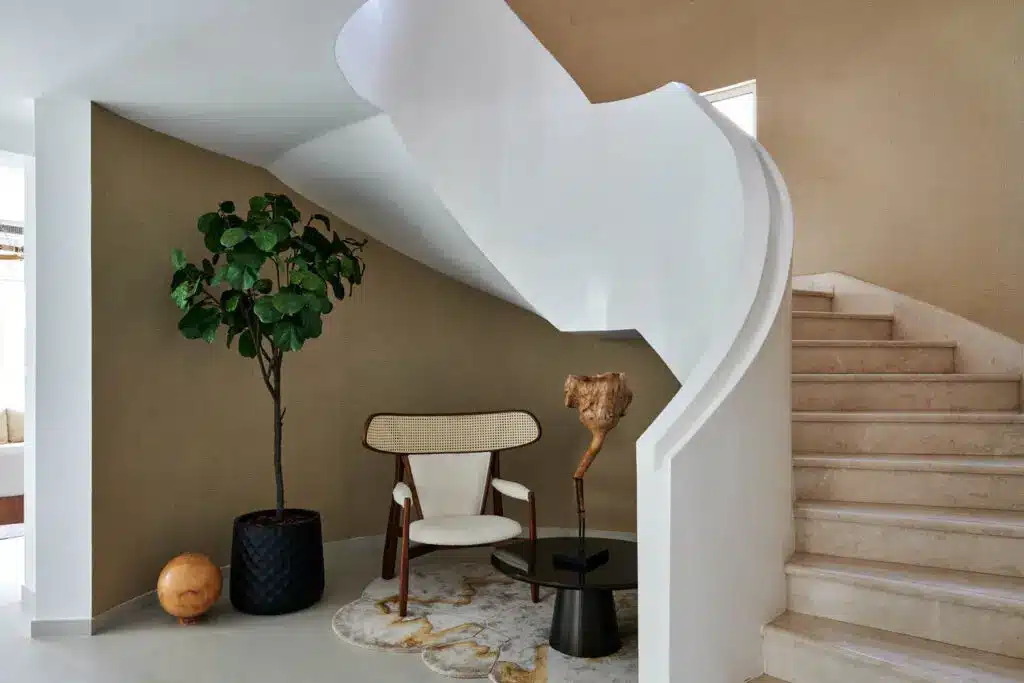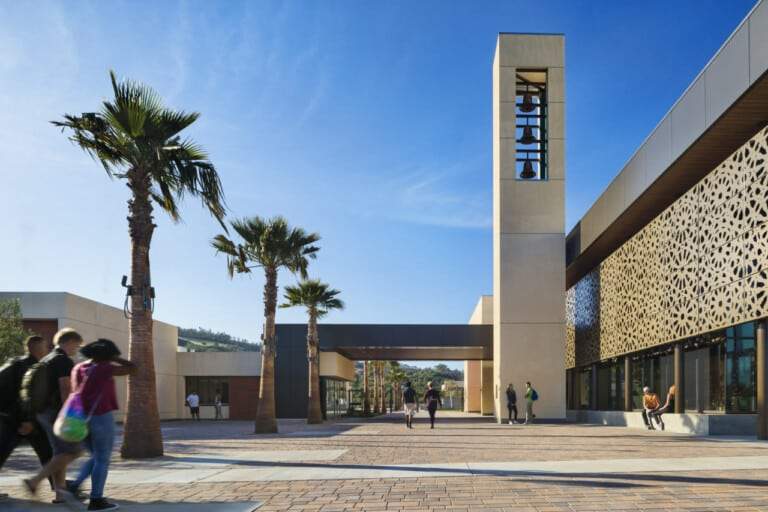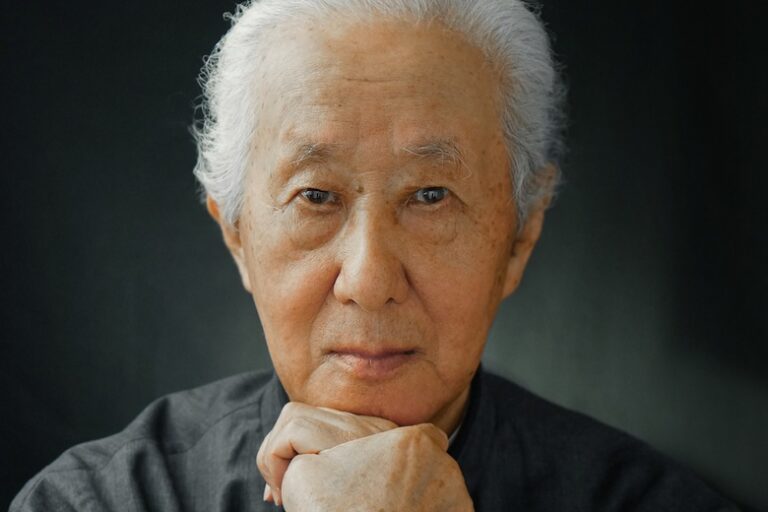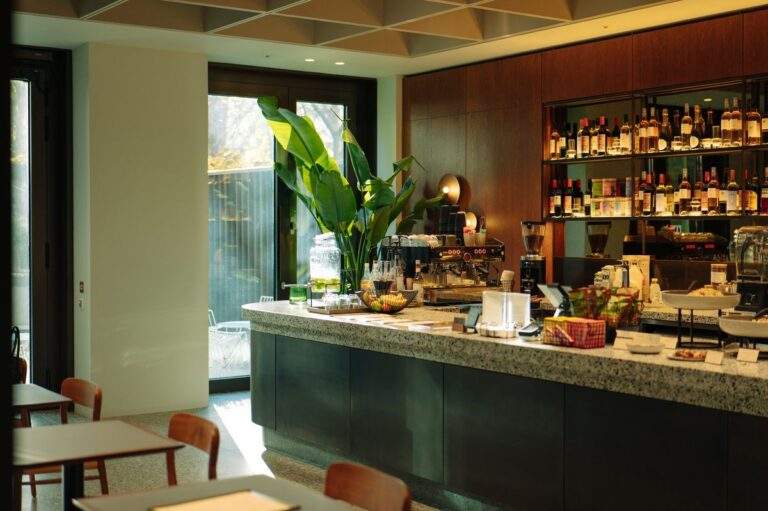How Cultural Identity in Architecture Shapes Modern Design
Architecture is more than just buildings; it is a reflection of culture, history, and identity. Across the world, architectural styles carry the marks of traditions, local materials, and societal values, shaping the way people experience their environments. In modern times, globalization and technological advancements have blurred regional distinctions, but cultural identity remains a powerful force in shaping contemporary architecture.
This article explores how cultural identity influences modern design, the balance between tradition and innovation, and the ways architects integrate heritage into forward-thinking designs.
1. The Role of Cultural Identity in Architecture
Cultural identity in architecture is expressed through materials, forms, spatial organization, and decorative elements that reflect a society’s history and values. It influences the way cities grow, how communities interact, and even the psychological impact of spaces on their inhabitants.
Key Aspects of Cultural Identity in Architecture:
- Historical Influence: Many modern buildings draw inspiration from ancient architectural styles, preserving the essence of a place.
- Material Use: Local materials such as adobe, timber, or stone reflect traditional construction methods and environmental adaptation.
- Symbolism & Ornamentation: Cultural symbols, motifs, and artistic elements give buildings a distinct local character.
- Urban Layouts: The arrangement of streets, squares, and public spaces follows long-established cultural patterns.
By embedding cultural identity in design, architects create spaces that are meaningful and deeply connected to local heritage.
2. The Balance Between Tradition and Innovation
Modern architecture often seeks to blend traditional influences with contemporary design principles. This balance ensures that cultural heritage remains relevant while embracing technological advancements and sustainability.
Strategies for Integrating Tradition in Modern Design:
- Adaptive Reuse: Transforming historic buildings into modern functional spaces while preserving their cultural essence.
- Contemporary Interpretations: Using traditional forms and materials in innovative ways, such as modernized courtyards or reimagined vernacular roofs.
- Sustainable Techniques: Reviving ancient climate-responsive building methods to enhance energy efficiency.
- Community Engagement: Involving local communities in the design process to ensure cultural authenticity.
Successful architectural projects respect the past while looking toward the future, ensuring cultural identity remains a living, evolving element of urban spaces.

3. Globalization vs. Local Identity in Architecture
Globalization has introduced universal architectural styles, often leading to cities that look increasingly similar. Skyscrapers, glass facades, and modular structures dominate many urban landscapes, sometimes at the cost of local identity. However, architects are finding ways to counteract this by reasserting cultural uniqueness.
Challenges of Globalization in Architecture:
- Loss of Regional Identity: Cities risk losing their distinct architectural language in favor of generic modernity.
- Standardization of Materials: Industrial construction often favors mass-produced materials over traditional, locally sourced ones.
- Homogenization of Urban Spaces: Shopping malls, business districts, and high-rise apartments often follow uniform global trends.
Ways to Preserve Cultural Identity in a Globalized World:
- Contextual Design: Ensuring that new buildings harmonize with their cultural and environmental surroundings.
- Hybrid Architecture: Combining modern technology with traditional craftsmanship to create unique structures.
- Legislative Protection: Governments and cultural institutions establishing guidelines to protect architectural heritage.
By prioritizing local culture in urban development, architects can create spaces that are both contemporary and deeply rooted in heritage.
4. Case Studies: Cultural Identity in Modern Architecture
Several cities and architectural projects around the world exemplify the successful fusion of culture and modernity.
🏛 The Louvre Abu Dhabi (UAE):
- Designed by Jean Nouvel, the museum reflects traditional Arab architecture with its intricate dome that filters sunlight like palm fronds.
🏠 The Vanke Pavilion (China):
- Inspired by traditional Chinese rooftops, this modern structure blends curved forms with sustainable design.
🏢 The National Museum of Qatar:
- Designed by Jean Nouvel, the building mimics desert rose formations, integrating nature with cultural symbolism.
🌿 The Bosco Verticale (Italy):
- While ultra-modern, this high-rise embraces Italy’s green architecture traditions, incorporating vertical forests that enhance biodiversity.
These examples highlight how architectural identity can thrive even in contemporary designs, creating unique spaces that celebrate local culture.
More on ArchUp:
5. The Future of Culturally-Driven Architecture
As cities expand and evolve, the challenge lies in maintaining cultural identity while embracing innovation. Future architecture must be:
✅ Sustainable: Using eco-friendly materials and energy-efficient techniques inspired by traditional practices.
✅ Adaptive: Allowing heritage buildings to serve modern purposes while preserving their essence.
✅ Inclusive: Engaging communities in the design process to ensure cultural relevance.
✅ Innovative: Finding new ways to integrate technology without erasing historical and cultural significance.
By ensuring that modern architecture respects historical, social, and environmental contexts, the built environment can remain a testament to cultural identity while embracing the future.
Conclusion
Cultural identity is an essential element in architecture, shaping how buildings look, function, and contribute to a society’s heritage. While globalization challenges regional distinctiveness, architects have the power to design structures that honor cultural roots while meeting modern needs.
The future of architecture lies in harmonizing innovation with tradition, ensuring that cities remain rich in cultural significance, diversity, and unique architectural character.








